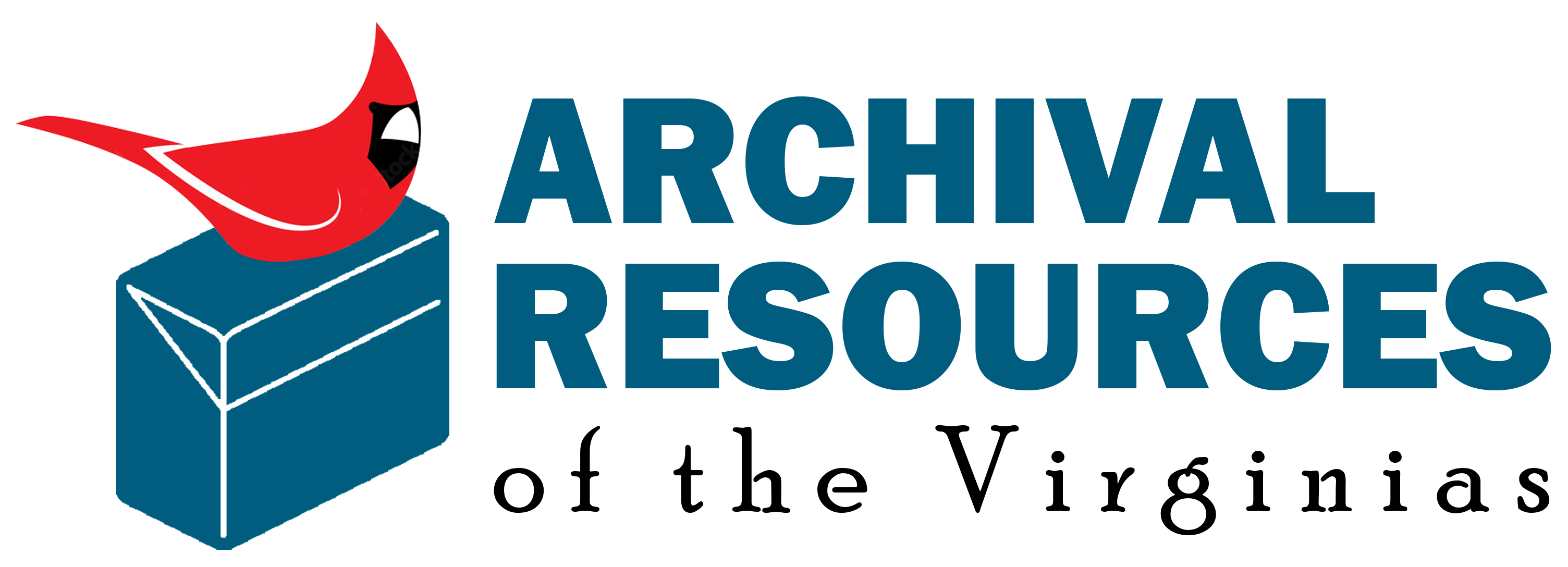A Guide to the Papers of Julian Wehr, 1885-2004, n.d. (bulk 1943-1949)
A Collection in
Special Collections
The University of Virginia Library
Accession Number 12250
![[logo]](http://ead.lib.virginia.edu/vivaead/logos/uva-sc.jpg)
Special Collections, University of Virginia Library
Albert and Shirley Small Special Collections LibraryUniversity of Virginia
Charlottesville, Virginia 22904-4110
USA
Phone: (434) 243-1776
Fax: (434) 924-4968
Reference Request Form: https://small.lib.virginia.edu/reference-request/
URL: http://small.library.virginia.edu/
© 2005 By the Rector and Visitors of the University of Virginia. All rights reserved.
Processed by: Special Collections Staff
Administrative Information
Access Restrictions
There are no restrictions.
Use Restrictions
See the University of Virginia Library’s use policy.
Preferred Citation
Papers of Julian Wehr, Accession #12250. Special Collections, University of Virginia Library, Charlottesville, Va.
Acquisition Information
The Julian Wehr papers were given to the University of Virginia Library by his children, David A. Wehr, Sugar Land, Texas; Paul E. Wehr, Boulder, Colorado; and Jeanine Wehr Jones, Raleigh, North Carolina on May 31, 2002.
Biographical/Historical Information
Julian Wehr began working with a lithographing company during his senior year of school, studying drawing and sculpture and drawing at night. He joined the United States Merchant Marine in 1917-1918, but returned to the world of art on his return home with wood carving and sculpture. At the Art Students League of New York, Wehr studied with John Sloan and Max Weber. He and fellow student Marguerite West married and had a daughter, Camilla.
After a trip to Italy in 1926 where he spent a year in study, he began work with ceramics and the design of metal ornamental doors. Julian and Marguerite lived in California, eventually divorcing in 1932. Julian moved to New York City and began a fruitful career in lithography.
He and Juliette Laubinger (1906-1993) married in 1933. Julie Laubinger was a graduate of Evander Childs High School and earned her degree from Hunter College in 1929. She became an art teacher at Abraham Lincoln High School in Brooklyn after her graduation.
In 1938, Wehr's animations for children's books were patented as "moving illustrations" that move the picture up and down and horizontally at the same time with a single movement. His designs were operated by tabs which are located at the bottom and sides of the pages of the book and moved back and forth through slits in the pages. As described by his son, Paul Wehr, his patented idea was "a background picture with parts moved by a tab-manipulated template interlocking those parts. The template was suspended from a fixed point, a rocker design, permitting the components to move back and forth, up and down, around, in and out--according to the reader's will." (The quote is from an article by Paul Wehr, "Love's Animation," on a website about the work of Julian Wehr [http://www.wehranimations.com]).
The first book designed by Julian Wehr to enter the moveable book market in 1942 was The Exciting Adventures of Finnie the Fiddler. The artwork for this title is well represented in this collection. Most of Julian's work with moveable books was with Duenewald Printing in the years 1943-1946.
Scope and Content
The papers of artist and book animator, Julian Wehr (1898-1970), consist of ca. 355 items (2 Hollinger boxes, .5 linear feet), 1885-2004, and undated, and contain animated panels, correspondence, illustrations, mock-ups for Mother Goose, three compact disks with digital images of his work along with a list of the images digitized by Digital Services, patents and licensing agreements, tracings, and artist tools belonging to Julian Wehr.
Arrangement
This collection is arranged alphabetically by type of material.
Contents List
chiefly with Edward Gottlieb, patent attorney, but also including Maxwell M. Booxbaum, attorney representing Wehr in Ridgefield v. Julian Wehr; Duenewald Publishing Company; and Jenter Associates
